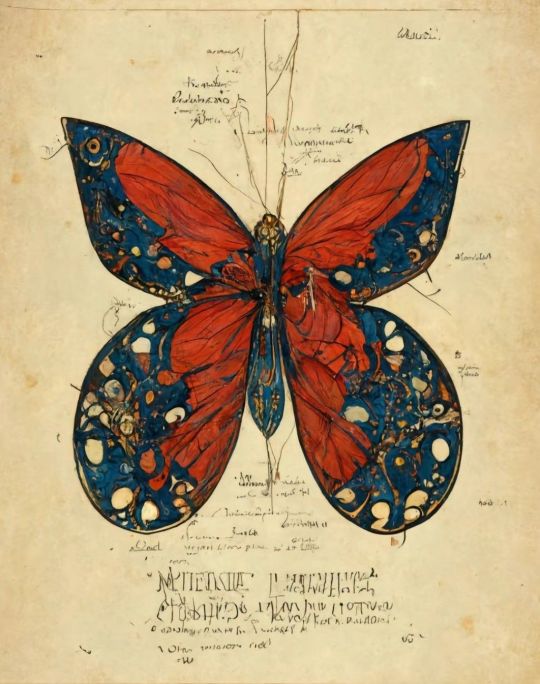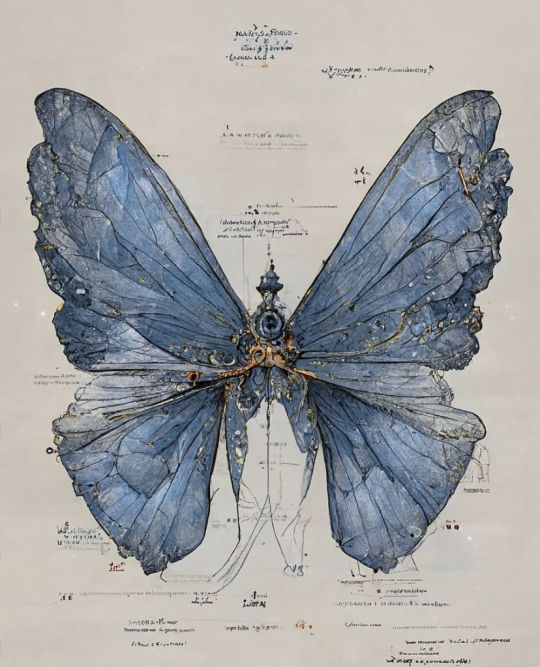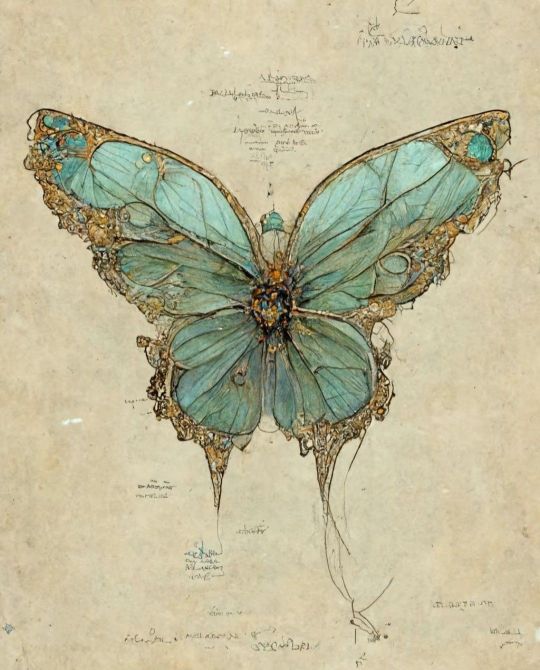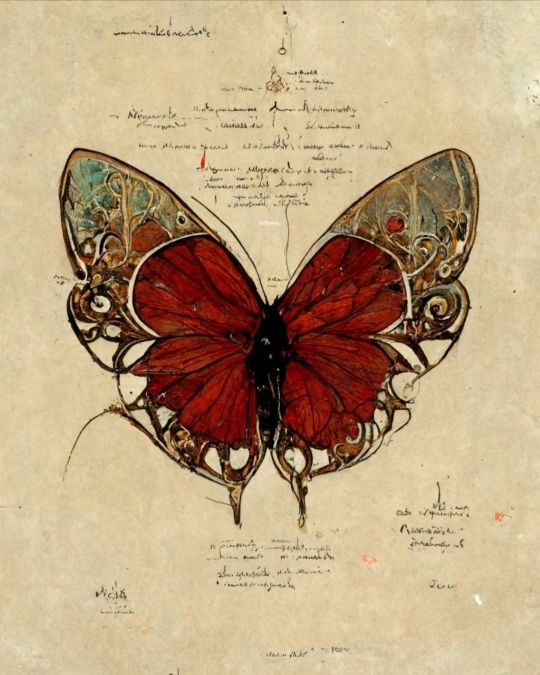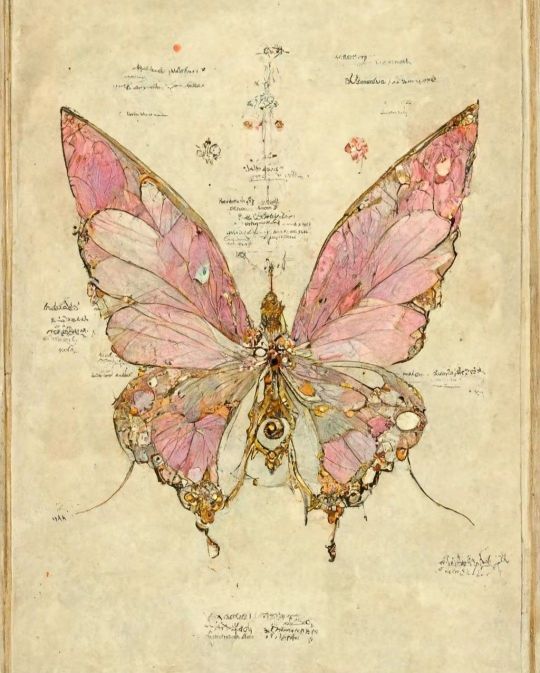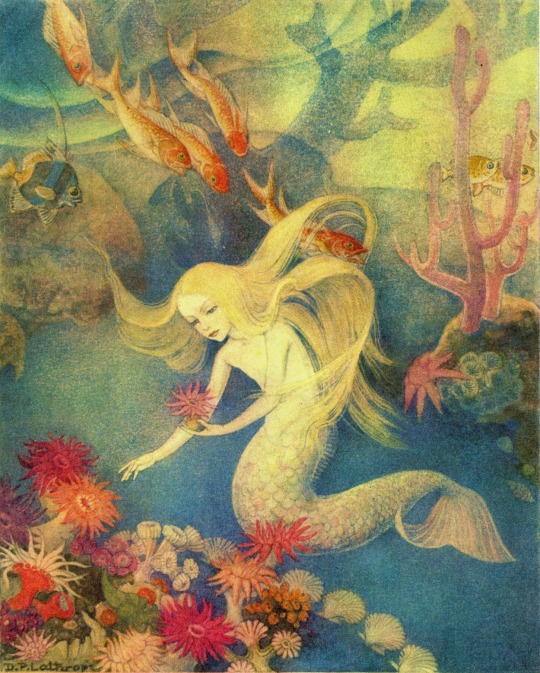Sinuous art and architecture, especially 1800-1940. Such as Art Nouveau, Vintage Illustration, Frank Lloyd Wright, and William Blake. "It's very difficult to keep the line between the past and the present." - Edith Beale
Don't wanna be here? Send us removal request.
Photo
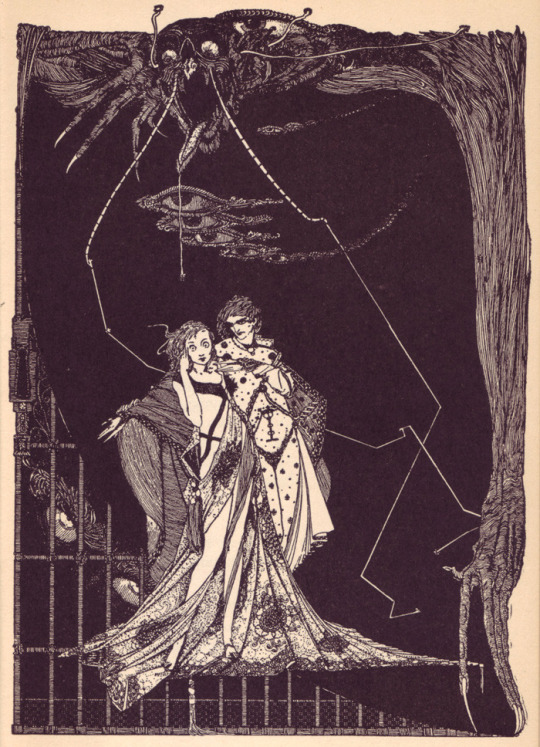
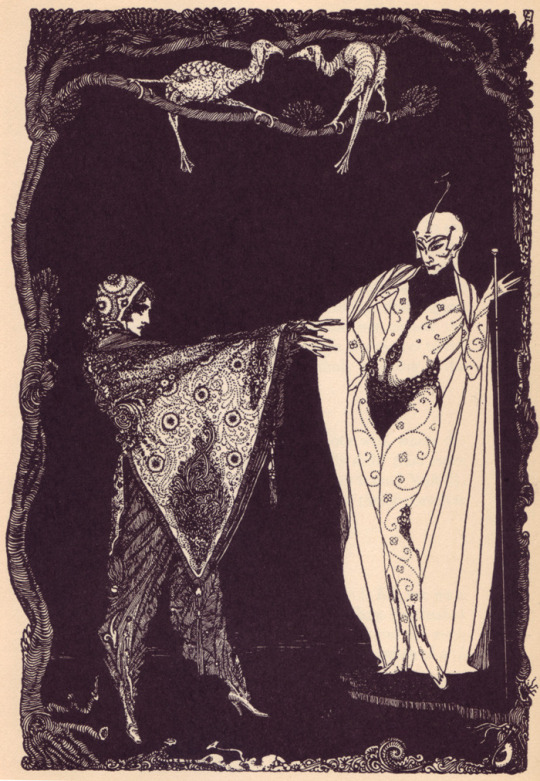
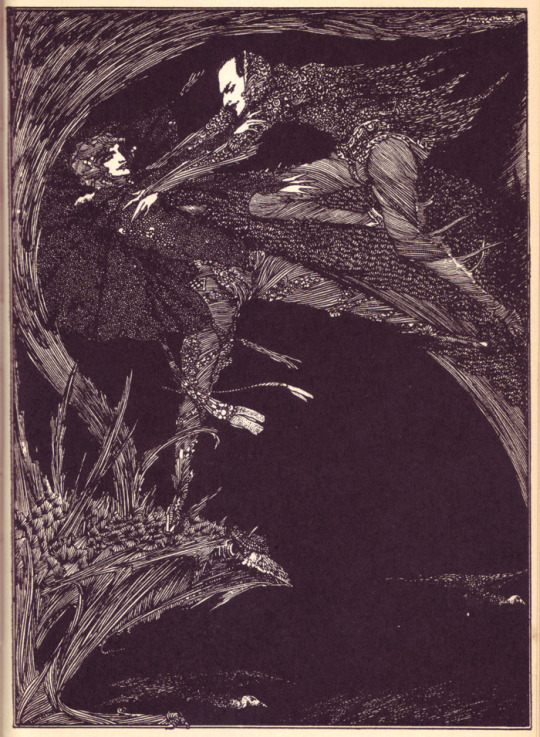
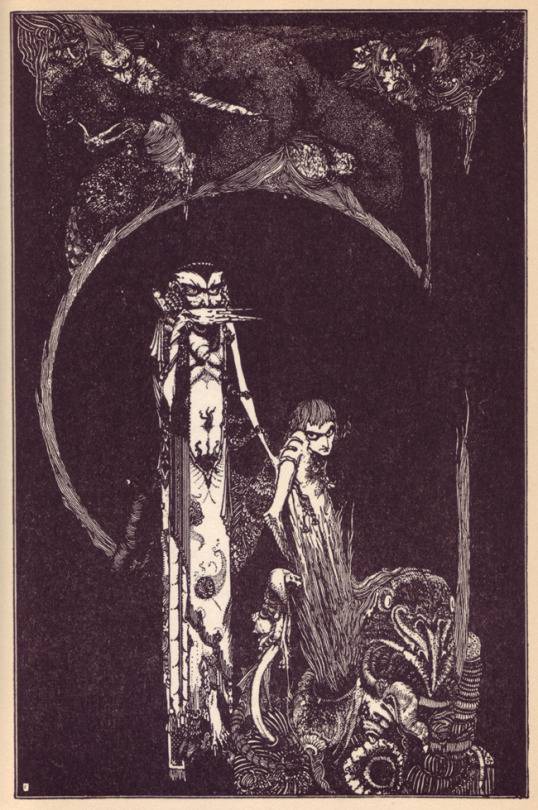
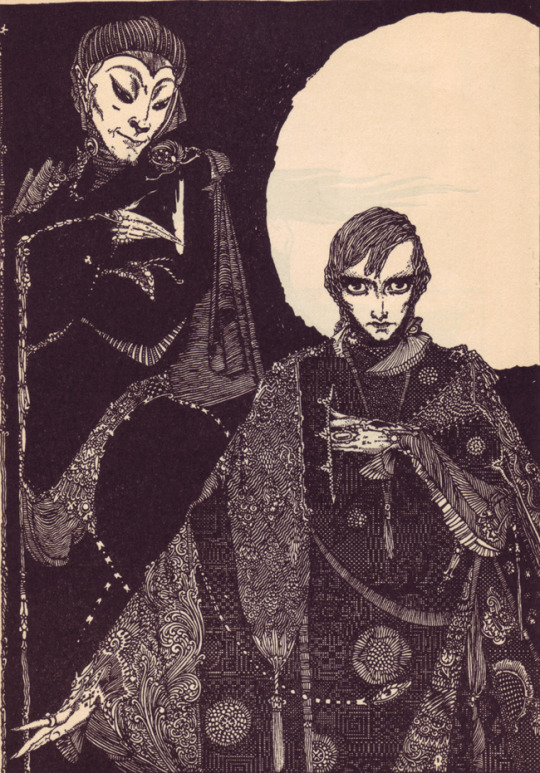
Harry Clarke (Irish, 1889-1931)
Illustrations for Goethe’s Faust, Bayard Taylor translation, 1925
4K notes
·
View notes
Text



Beneath the tides of joy and sorrow, Whispers of hope, shadows we borrow, In laughter's light or tear's embrace, A soul’s journey finds its place
33 notes
·
View notes
Photo

LE FIGARO-MODES. .A LA VILLE. AU THÉÂTRE. ARTS DÉCORATIFS. Numéro 1. 1er Janvier 1903.
Étude de bijoux. Aquarelles originales, par R.LALIQUE.
1K notes
·
View notes
Text


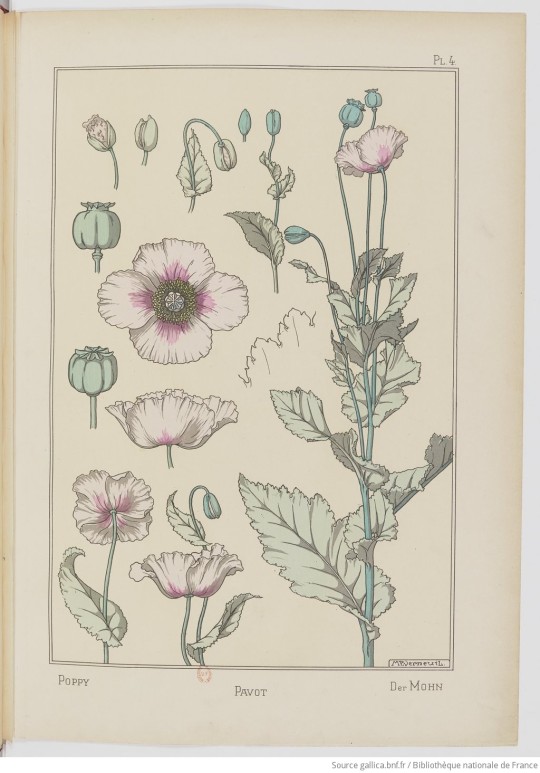
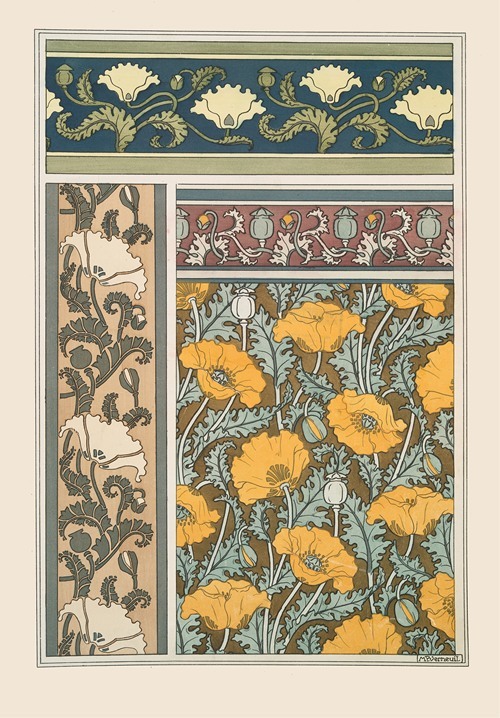

Maurice Pillard Verneuil (French, 1869-1942)
Lithographs, Eugene Grasset’s Plants and their Application to Ornament, Paris, 1896
326 notes
·
View notes
Photo

Maurice Pillard Verneuil (French, 1869-1942)
Thistle Study, Lithograph, Eugene Grasset’s Plants and their Application to Ornament, Paris, 1896
444 notes
·
View notes
Text



Henri Ottevaere (1870-1944), Le Jardin d'Eden, 1901. Tryptich
4K notes
·
View notes
Photo



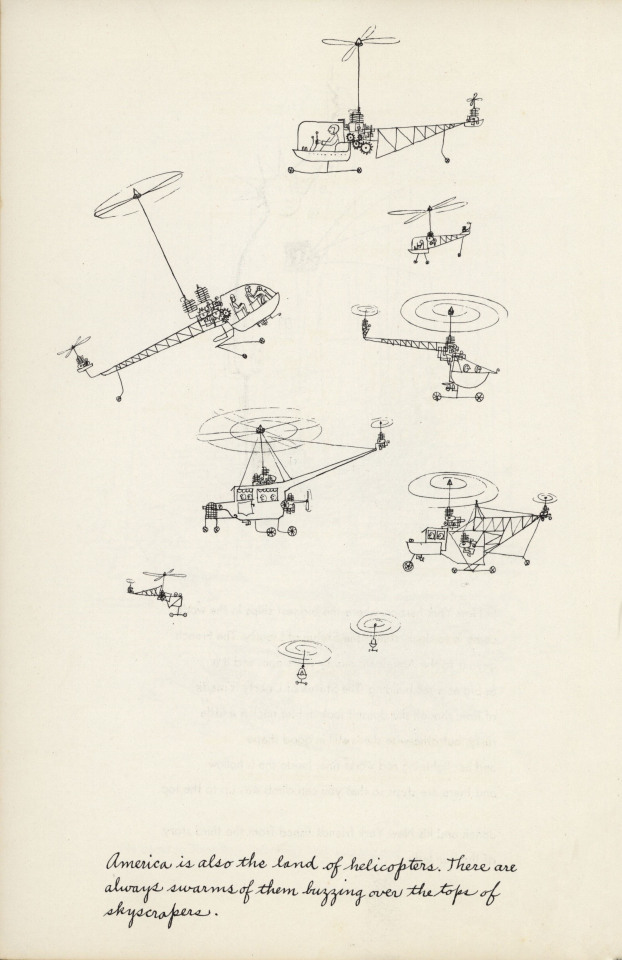

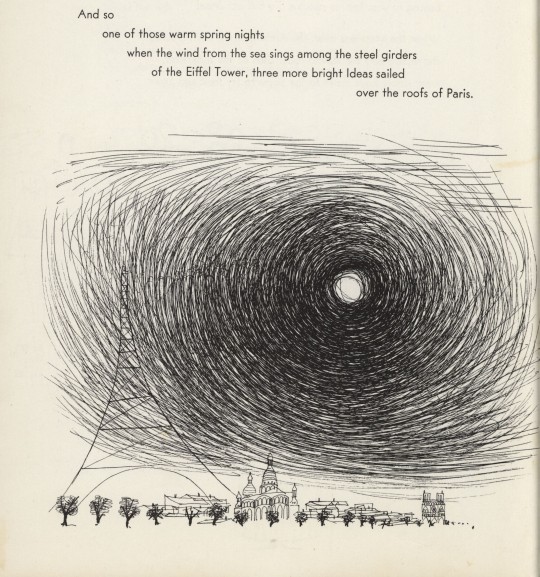
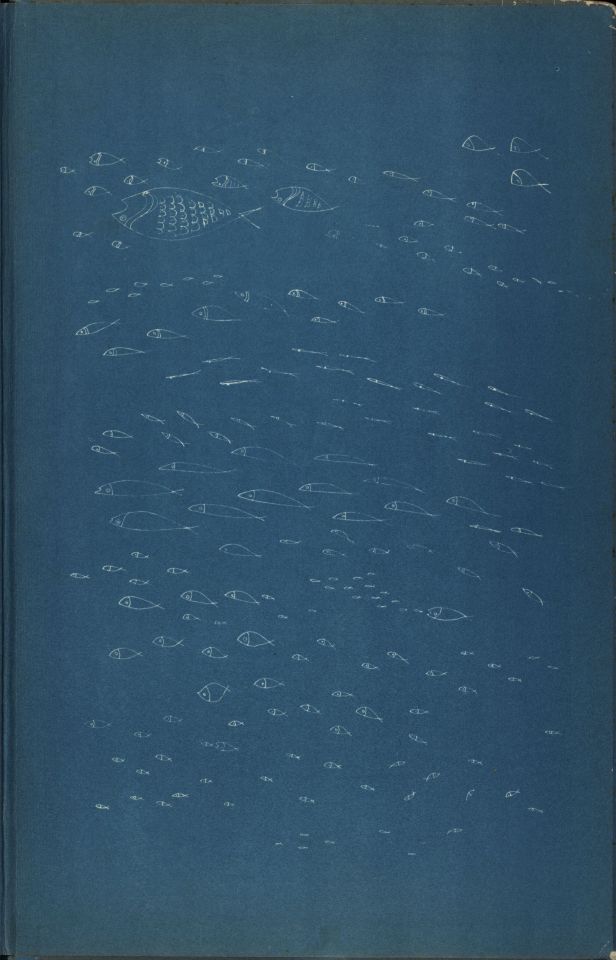
SPOTLIGHT: Jonah The Fisherman by Reiner Zimnik, translated by Richard and Clara Winston.
Emily came across this lovely children’s book by German author and artist Reiner Zimnik while processing newly added materials and fell in love. The drawings and writing are whimsical and beautiful, telling the story of Jonah the Fisherman, his quest to catch a fish as big as a hog, and his travels around the world. Zimnik’s stories combine modern themes and romantic fairy-tale style with his signature pen and ink drawings to create an experience in his work that is enjoyable for both children and adults.
In this story, Jonah wants more than the little fish of his every day life in Paris and a little idea comes to him: how to catch big fish. He gets arrested for fishing for big fish in the Seine and is sent on a trip (banished, kindly) rather than left to rot in jail. He travels the world, first in a red car with solid brass handles, then in a biplane, teaching other fisherman how to catch big fish across the globe and becoming rich in the process. Over time his travels begin to tire Jonah, and little ideas come to him again and lead him to return home, happy to fish little fish in the Seine and give his money away to students and others in need.
We will leave you with one of the most charming illustrations in the book, which follows the explanation that everything in Greenland is white:

(click here for more Spotlight posts)
604 notes
·
View notes
Text

Bela Čikoš Sesija, Athena and Psyche, 1898. Oil on canvas
491 notes
·
View notes
Photo









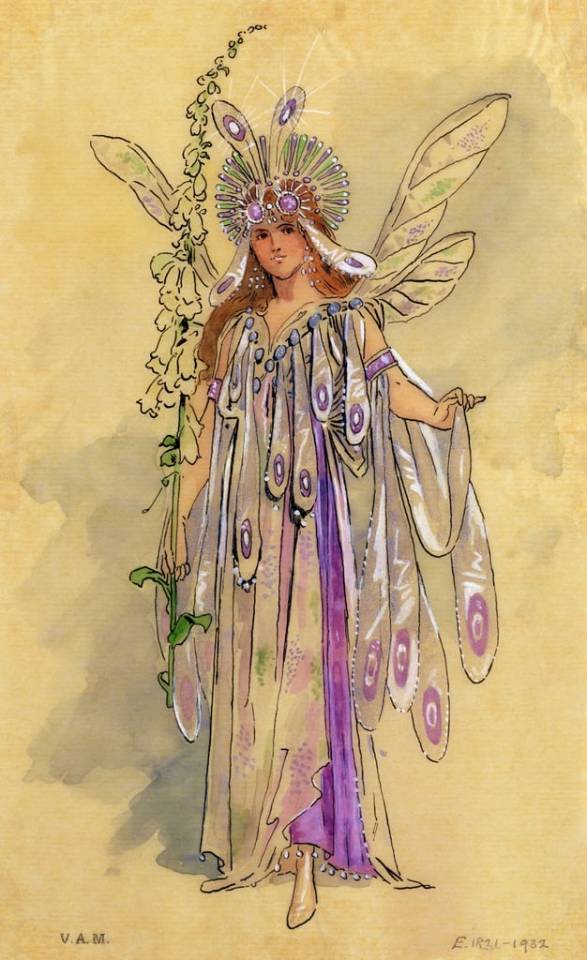
Muses Series V (Titania)
“Titania is a character in Shakespeare’s play, A Midsumer Night’s Dream. She is the Queen of the fairies – the wife of the Fairy King, Oberon.
Titania is one of the characters in the play, like Puck, that are taken from traditional folklore. The fairy queen doesn’t have a name in folklore: Shakespeare took the name from Ovid’s Metamorphoses in which the daughters of Titans are known as ‘Titanias.’
In A Midsummer Night’s Dream, Titania is part of one of the play’s subplots. In that story, she has a dispute with Oberon and he punishes her by using a potion that makes her fall in love with the first creature she lays eyes on when she awakens. She wakes up and sees Bottom, who has been turned into an ass by Puck because he has been behaving like an ass. That leads to a great deal of comic content, after which the matter is resolved with the spell broken, Bottom being returned to his former condition, and Titania horrified by what has happened to her.
Although her role is relatively small, Titania is a highly memorable character. She is one of Shakespeare’s strongest and most feisty women characters. Although she’s gracious and physically delicate she stands up forcefully to her very powerful husband, refusing to hand over the Indian boy she has adopted, in the face of his strenuous efforts to make her do so. She tells him in robust language and in no uncertain terms to back off.
The play is filled with incidences of women being oppressed by the actions of the powerful men who control them. There is a sense of disappointment that although Titania is able to stand up to Oberon, after she has been released from the spell and knows the source of her cruel treatment, she does not make any comebacks against Oberon.
The trick is particularly cruel because the potion has turned her from a strong, independent woman into a lovesick girl, completely subject to a man – a man who has no good qualities, literally a donkey, and devoid of any ability to make sensible judgments. This is a highly theatrical and ironic demonstration of one of the most dominant themes in Shakespeare’s plays – the oppression of women by powerful men, ironic because she is subservient to a man who is no more than an ass, as so many of the powerful men in Shakespeare are.
Titania’s marriage to Oberon is a version of an open relationship – an interesting thing in a play written more than four hundred years ago. Both partners enjoy consensual extra-marital episodes. One could, therefore, call Titania a forerunner of the figures who produced the feminist movement with its sexual liberation. She is also well before her time in being something of an eco-warrior in that she worries about her quarrel with Oberon having adverse consequences for the environment: she feels that as they are the leading spirits of the natural world their quarrel will upset the harmony and order of nature and bring about some unpleasant environmental conditions.”
Depictions in Art:
1. The Quarrel of Oberon and Titania by Joseph Noel Paton
2. Titania and Bottom by Henry Fuseli
3. A Midsummer Night’s Dream, 1895 by Henry Towneley Green
4. Titania and Bottom by Edwin Landseer
5. Titania Lying on a Leaf by John Simmons
6. Contradiction: Oberon and Titania by Richard Dadd
7. The Sleep of Titania by Norman Price
8. Titania and Bottom from William Shakespeare"s “A Midsummer-Night"s Dream”, by John Anster Fitzgerald
9. There Sleeps Titania, 1872 John Simmons
10. Titania, Queen of the Fairies. Costume design for A Midsummer Night’s Dream produced by Robert Courtneidge at the Princes Theatre, Manchester by C. Wilhelm
388 notes
·
View notes
Photo
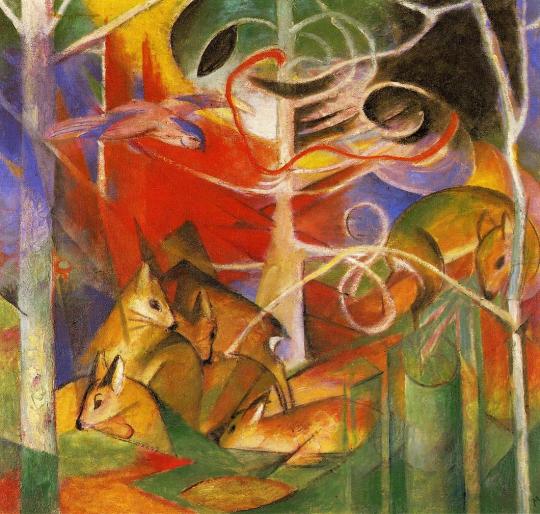
Deer in the Forest, 1913, Franz Marc
Medium: oil,canvas
268 notes
·
View notes
Photo
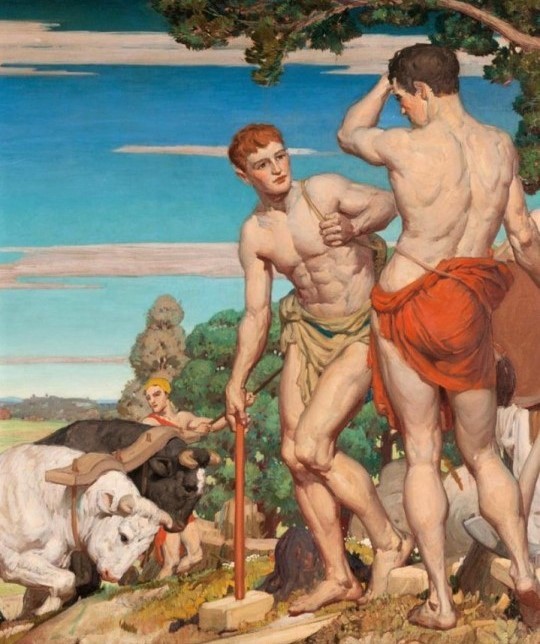






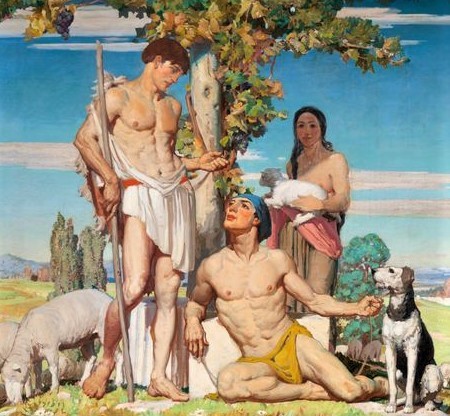
Napier Waller (1893 – 1972), The Pastoral Pursuits of Australia, a Series of Seasonal Landscapes, 1927, Art Gallery of South Australia.
1K notes
·
View notes
Photo

Harold Gaze ~ Mermaid, Sea Imps & Ocean Baby ~ via
503 notes
·
View notes

